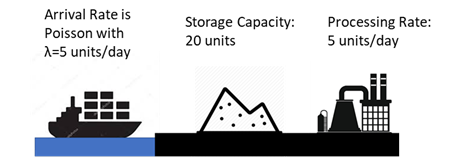A semiconductor manufacturer conducted a reliability test to determine the effect of thermal shock cycle on solder joint life (I.e., one thermal cycle is equivalent to how much operation time). This presentation describes the scenario and shows how Life Data Analysis is used to solve this problem.
This article also introduces BX-Life (a reliability matrix) and Confidence Bounds (a concept to quantify uncertainty) in Life-Data Analysis.


